Please note: In October 2020, we updated the DXOMARK Camera test protocol. Version 4 now includes image preview tests and a wide range of new test scenes as part of our new trustability evaluation which measures the camera’s ability to deliver consistent still image and video quality across all shooting scenarios. We have retested this device using the new version 4 of the test protocol and produced this completely updated review. For more information, please see our article about preview, trustability and other version 4 updates of the DXOMARK Camera test protocol.
The Samsung Galaxy S20 Ultra 5G is the South Korean electronics giant’s latest S-series top-end model and comes with a huge 6.9-inch AMOLED display, a high-end Exynos 990 chipset (Snapdragon 865 in the USA), and a massive 5000 mAh capacity battery. The S20 Ultra packs more photographic possibilities compared to its S20 and S20 Plus sister models, with a quad-camera configuration that features a time-of-flight (ToF) depth sensor, a higher-resolution sensor, and a longer focal length tele-camera.
The standard-wide camera offers an updated version of the 1/1.33-inch 108 MP-resolution sensor we saw on the Xiaomi Mi 10 Pro, with 3×3 pixel for a final 12 MP image output, as well as a dedicated 108 MP mode. The primary sensor is coupled to a standard wide-angle 26mm-equivalent lens with f/1.8-aperture. The tele-camera features a 103mm periscope-style f/3.5-aperture lens with a native 4x optical zoom, and 10x “hybrid-zoom” images combine data from the 48 MP tele- and 108 MP standard-wide sensors. Both standard-wide and tele-cameras also feature phase-detection autofocus (PDAF) and optical image stabilization (OIS). The ultra-wide camera utilizes a 13 mm f/2.2-aperture lens and 12 MP sensor, making it both lower resolution and not as wide as Samsung’s previous S10+ model. Finally, for stills, a 0.3 MP depth sensor with ToF 3D technology for improved bokeh simulation in portrait mode makes up the fourth camera in the S20 Ultra’s quad-cam configuration.
For video, the 108 MP sensor enables 8K capture at 24 fps, and there’s a lower resolution 4K at 30/60 fps setting, or up to 960 fps at 720p. HDR10+ promises improved dynamic range, color, and contrast in video processing, and both EIS and OIS stabilization are available in all of the S20 Ultra’s video formats.
Read on to find out how the Samsung Galaxy S20 Ultra 5G performed under the brand-new version 4 of the DXOMARK Camera test protocol.
Update summary
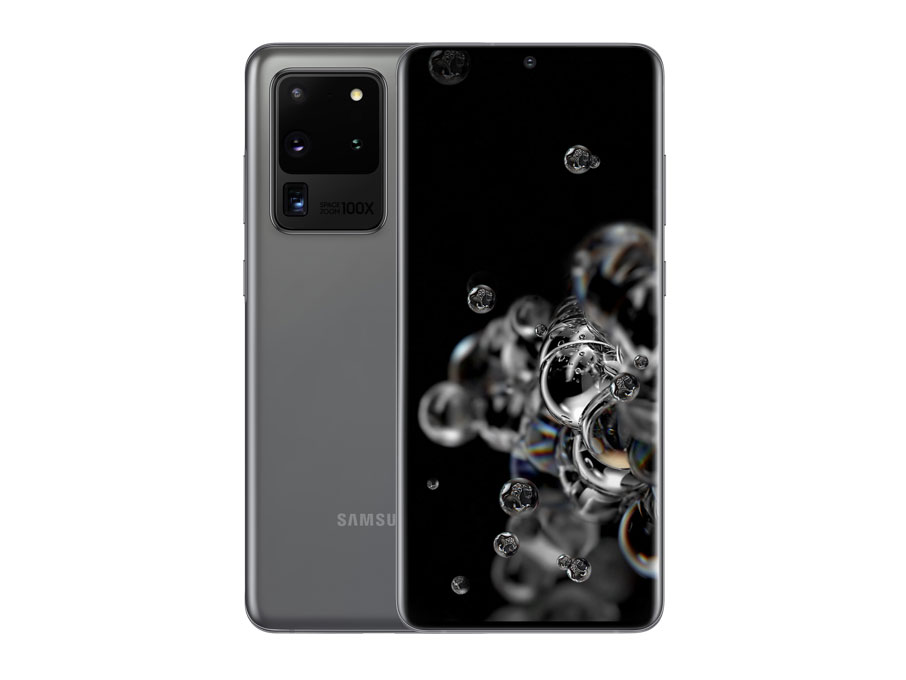
Samsung Galaxy S20 Ultra 5G (Exynos)
With an overall DXOMARK Camera score of 126 the Samsung Galaxy S20 Ultra 5G remains one of our top ranked devices for photography. Its Photo score of 128 isn’t quite on par with the very best but the Samsung delivers pretty consistent results across the range of still test categories. The new Zoom score of 88 is based on an ultra-wide score that close to the best. However, the camera is not quite as accomplished for tele-lens shots where it gets a good, but not outstanding, score of 114. A Video score of 106 rings true with its overall ranking and again the S20 Ultra is a solid performer with moving image, with a particularly good score for video color.
Although very capable, Samsung’s much lauded S20 Ultra quad-camera falls short of offering a new standard for smartphone photography. The standard-wide camera delivers mainly excellent results, with accurate target exposure and wide dynamic range in most tested conditions. Color rendering is also pleasant, with vivid color and high saturation usually on show. Some minor white balance casts are occasionally visible, with pinkish skin tones on portraits evident, but nothing too offensive. Noise is reasonably well-controlled as well, although the S20 Ultra algorithms aren’t quite as effective as we’ve seen on previous Samsung flagships, with more noise visible in shadows as a result. Texture can be good, but a slightly limited depth of field often leads to lower detail in backgrounds, and some unnatural rendering of fine textures looks a little odd when viewing images at large scale.
The device achieves a good score for bokeh shots, thanks to a pleasant depth-of-field effect with well-contrasted spotlights and a realistic blur gradient. Depth estimation isn’t perfect, with slight edge artifacts occasionally visible, but that aside, portrait mode on the S20 Ultra is up there with the best. The quality of the S20 Ultra’s preview images is a little disappointing though, with pretty noticeable variations in exposure and bokeh between the device’s on-screen preview and its final capture.
Detail can be good in tele zoom shots, but fusion artifacts at close range and lower detail at long range compared to other long tele-lens competitors means that this Samsung flagship trails behind the top performers for tele in our analysis. At the other end of the zoom spectrum the ultra-wide camera is one of the best devices in this category, though, offering a wide angle of view and good overall image quality.
Tested 4K/30 fps video files display accurate target exposures in most conditions, but dynamic range is fairly limited. Video color is also pleasant, with good saturation for rich and vivid movies, although some white balance inaccuracies are evident under artificial light sources indoors. The texture-versus-noise tradeoff is quite good in both outdoor and indoor conditions too, so by and large the S20 Ultra nails the basics for nice-looking video exposure, color, and detail.
Problems with autofocus, stabilization, and artifacts undermine its overall performance and quality, however. Focus instabilities with tracking failures are visible in low light, and often stabilization is not smooth, with noticeable deformation of videos on playback. Artifacts such as color quantization and hue shifts near saturation are also quite common.
Preview
The quality of the S20 Ultra’s preview images is a little disappointing. Variations in exposure and bokeh between the device’s on-screen preview and its final capture are visible, and performance is unstable using pinch zoom. In high-contrast scenes, the absence of HDR processing on the preview image means that highlights look like they’ll be completely overexposed, but they actually record much better in the final image. Preview is better in flatter lighting conditions, however, where it generally provides a more accurate representation of exposure in the shadow and mid-tone regions.
In portrait mode, bokeh simulation is not always activated on the preview image, leaving photographers wondering if the effect will even be applied. When it is applied, it’s also often misleading, with the depth-of-field effect, blur gradient, and subject segmentation differing between preview and final capture. Preview often renders the depth-of-field effect patchy, with varying levels of blur in the background and almost no blur in the middle and foreground. The final capture is much nicer, however, with consistent levels of background blur and a realistic blur gradient. This impacts subject segmentation, too, with preview indicating that areas of the portrait such as the shoulder will be blurred, but in the final image, the edges of our portrait are well defined.
The smoothness of the S20 Ultra preview image while zooming also isn’t perfect. It performs best using the on-screen magnification buttons, where field-of-view adaption and focus are reasonably stable, but abrupt changes in framing and serious focusing issues occur using pinch zoom in all lighting conditions. Focusing is better at wider focal lengths, but at around 5x magnification the device loses focus and its preview doesn’t snap sharp again until fully zoomed in at 100x. Slight exposure and white balance instabilities are also visible. So overall, it’s an underwhelming performance for zoom smoothness on the S20 Ultra.
Samsung Galaxy S20 Ultra camera review (originally published April 22, 2020)
The Samsung Galaxy S20 Ultra is the South Korean electronics giant’s latest flagship smartphone. It comes with some eye-catching basic specs: there’s a huge 6.9-inch AMOLED display, a high-end Exynos 990 chipset (Snapdragon 865 in the USA), and a massive 5000mAh capacity battery to keep you shooting all day.
The S20 Ultra packs more photographic possibilities compared to its S20 and S20 Plus sister models, too, thanks to a quad-camera configuration that features an additional time-of-flight (ToF) depth sensor, a higher-resolution primary camera, and a longer focal length tele-camera.
The S20 Ultra’s primary camera offers an updated version of the 1/1.33-inch 108MP-resolution sensor that we saw on the Xiaomi Mi 10 Pro. The S20 Ultra now uses 3×3 pixel binning (instead of the 2×2 of the Xiaomi), combining 9 pixels into one “super-pixel” that results in a bigger effective pixel size of 2.4µm to help improve image quality in the 12MP image output. The primary sensor is coupled to a standard wide-angle 26mm-equivalent lens with f/1.8-aperture.
For the tele-camera, Samsung has implemented a periscope-style lens similar to that in Huawei’s and Honor’s flagship phones. The S20 Ultra’s 103mm f/3.5-aperture lens provides a native 4x optical zoom. The 10x hybrid combines image information from the 48MP tele-camera and from the high-resolution 108MP main camera. Both the primary and tele-cameras also feature PDAF autofocus and optical image stabilization (OIS).
Samsung has also made some changes to the ultra-wide camera on the S20 Ultra compared to previous generations, although they’re slightly less dramatic than the primary sensor resolution and tele-camera upgrades. The new model now features a 13mm f/2.2-aperture lens and 12MP sensor, compared to the wider 12mm f/2.2 optic and higher-resolution 16MP sensor on the S10 Plus. The lower resolution ensures a bigger pixel size of 1.4µm on the latest model, and the 12MP resolution remains perfectly adequate for the majority of smartphone shooters.
Finally, the S20 Ultra’s rear quad-camera features an additional depth sensor. Activated in Portrait mode, the 0.3MP depth sensor uses ToF 3D technology to help improve subject segmentation when applying a bokeh effect.
The newly-designed sensor on the primary camera now enables 8K video capture on the S20 Ultra at 24 frames per second. While 24fps is the only frame rate available for 8K video, drop to 4K and you can capture videos at 30fps or 60fps. Frame rates of up to 960fps are available at 720p resolution. Video features also include Samsung’s HDR10+ video processing that promises improved dynamic range, color, and contrast. For stabilization, both gyroscope-enabled electronic image stabilization (EIS) and optical image stabilization (OIS) are activated in all of the S20 Ultra’s video formats.
With that impressive array of smartphone camera tech, it’s fair to say that this is the most advanced Samsung smartphone for photography to date. Let’s find out how it performed in our DXOMARK Camera tests.
Key camera specifications:
- Primary: 108MP 1/1.33″ sensor, 26mm-equivalent f/1.8-aperture lens with PDAF autofocus and OIS
- Telephoto: 48MP 1/2.0″ sensor, 103mm-equivalent f/3.5-aperture periscope lens with PDAF autofocus
- Ultra-wide: 12MP sensor, 13mm-equivalent f/2.2-aperture lens
- Depth: 0.3MP ToF 3D sensor with f/1.0-aperture lens
- LED flash
- Video: 8K 4320p/24fps, 4K 2160p/60fps (2160p/30fps tested)
- Exynos 990 chipset
About DXOMARK Camera tests: For scoring and analysis in our smartphone camera reviews, DXOMARK engineers capture and evaluate over 1600 test images and more than 2 hours of video both in controlled lab environments and in natural indoor and outdoor scenes, using the camera’s default settings. This article is designed to highlight the most important results of our testing. For more information about the DXOMARK Camera test protocol, click here. More details on how we score smartphone cameras are available here.
Test summary
At 122 points, the Samsung Galaxy S20 Ultra puts in a solid performance across our tests and nestles into joint 6th place alongside the Honor V30 Pro in our DXOMARK Camera ranking. A very good Photo score of 132 means you can be assured of generally excellent still image quality, but a few minor weaknesses means it doesn’t quite live up to the very high standards and consistency of the devices at the very top of our database.
Images from the primary camera display excellent exposure, dynamic range, and color in most lighting conditions, with very few visible artifacts affecting image quality. Noise is generally well controlled indoors and in low light—as we’ve come to expect from flagship Samsung devices; but although detail in the S20 Ultra’s 12MP images after pixel binning is generally very good, it’s not quite as high as we’ve seen from devices with output at higher resolutions. As a result, fine details can be lost in very low light, and a tendency to oversharpen images can lead to unnatural-looking detail in many shots. We also found the S20 Ultra’s PDAF autofocus system accurate in most lighting conditions, but response times are quite slow in low light, where it takes a little longer to lock on than we’ve come to expect from top performers.
The S20 Ultra’s wide-angle shooter is excellent, achieving a new top score in this category. Ultra-wide exposure and color are mainly accurate in all lighting conditions, and an expansive field of view ensures you can fit loads into the frame, with geometric distortion well corrected to keep lines straight. The tele-camera also performs well at medium and long range when the 4x optical zoom lens is fully utilized. Again, exposure and color hold up well, and although details aren’t quite as well defined as on the best zoom devices we’ve tested, results are very good, with any serious noise or artifact issues avoided. Problems arise on the S20 Ultra’s close-range zoom shots, however, where strong fusion artifacts often occur towards the edges of the frame.
Shooting in Portrait mode, the S20 Ultra’s bokeh images are among the best we’ve seen, with the Samsung device posting the top score in this category. Excellent exposure and color in all lighting conditions are a key strength in bokeh shots, and uniform noise, good depth estimation, and a strong blur effect with big spotlights ensure striking results. For night photography, the S20 Ultra remains a good option, too. Its results aren’t quite as strong as those of the top performers, with noise often a little more prevalent, along with some exposure issues using flash, but overall results remain good.
Tested and scored at a setting of 4K resolution and 30 frames per second (which offers the best results), the S20 Ultra achieved an overall Video score of 102 points. This ranks slightly behind devices towards the top of our rankings, such as the Huawei P40 Pro and Oppo Find X2 Pro at 105 and 104 points, respectively. Although the Samsung device didn’t excel in any particular area for video, a fairly solid and consistent performance means it’s a capable device for shooting moving images. Outdoor videos are a key strength, with good target exposures, vivid color, high levels of detail, and effective stabilization. Indoor video shows good exposure and low levels of noise even in low light. Our testers found the stabilization less effective indoors, however, with noticeable motion even in static videos, together with some color rendering issues.
Photo scores explained
The Samsung Galaxy S20 Ultra achieves a very good Photo score of 132, but remains a few points behind the top performers for stills. Despite fairly solid results in most tested categories, the S20 Ultra displayed slight weaknesses in a couple of areas, which affected its overall Photo score. In this section, we take a closer look at how each sub-score was determined and compare image quality against some key competitors.

Exposure and Contrast
Samsung Galaxy S20 Ultra 5G (Exynos)
97
111
With excellent exposures in all lighting conditions, this category is a strength for the S20 Ultra. Tested in the lab, target exposure and contrast measurements were excellent down to low-light conditions (5 lux), and even in near-dark conditions of just 1 lux, images remain usable. The S20 Ultra’s exposures are particularly good in bright conditions, with accurate target exposure, high contrast, and wide dynamic range ensuring excellent images. You can see in the challenging high-contrast test scene below that the S20 Ultra delivers a bright overall result, with details well preserved in both the shadows and highlights.
Target exposures in well-balanced indoor lighting remain excellent on the S20 Ultra generally. Dynamic range isn’t quite as wide, however, and although it usually recovers shadow areas well, we did experience slight highlight clipping in challenging indoor scenes. In our backlit portrait, the overall result is very acceptable, but the top-ranked Huawei P40 Pro captures a slightly better target exposure for a brighter portrait, together with less highlight clipping in the sky.

Color
Samsung Galaxy S20 Ultra 5G (Exynos)
89
107
Color rendering is another strength for the S20 Ultra, and it again gets very close to our top score. Colors are vivid, with generally pleasant rendering and good saturation in both indoor and outdoor images. Slightly cold or blue white balance casts are visible in outdoor images, and although they are very noticeable in challenging lighting conditions, outdoor white balance is acceptable and colors remain nice on the whole. In our fields-and-blue-sky test scene below, the S20 Ultra captured bolder color compared to the iPhone 11 Pro Max and the Xiaomi Mi 10 Pro, with richer green and blue tones ensuring that the landscape really popped.
Some minor pinkish color casts are evident under different artificial lighting sources indoors, but again, nothing too concerning. In our perceptual analysis of the indoor scene below, the pinkish white balance did affect the skin tones a little, but they remain pleasant compared to the slightly greenish tones of the P40 Pro and the iPhone 11 Pro Max, and overall color saturation remains strong.

Autofocus
Samsung Galaxy S20 Ultra 5G (Exynos)
97
109
Autofocus is a minor weakness for the S20 Ultra and one of the areas it underperformed against the best competitors. In our benchmark lab testing, the Samsung device was excellent in both outdoor (1000 lux) and indoor (100 lux) lighting conditions, consistently delivering in-focus images with fast response times. Its performance under low-light (20 lux) conditions affected its final autofocus score, however. While accuracy remained good, with all shots in sharp focus, response times were much slower, with the device taking on average 300ms to lock focus and fire a shot.
While we’ve certainly seen worse in the lab, these times are a little disappointing compared to those of the best flagship devices, and users may miss shots while waiting for the S20 Ultra to find focus in low-light conditions. The S20 Ultra also has a tendency to oversharpen images, resulting in acutance scores of over 100%, which we’ll touch on a little more in the texture section below.

Texture
Samsung Galaxy S20 Ultra 5G (Exynos)
79
111

Noise
Samsung Galaxy S20 Ultra 5G (Exynos)
80
102
Analyzing the S20 Ultra’s default 12MP output images, we find that Samsung’s latest device is a good performer for texture. It recorded high levels of acutance around 80% in both handheld and tripod shots between 5 and 1000 lux in our lab measurements. It’s not quite as good in extreme low-light (1 lux) conditions, which affected its final texture score, but unless you’re shooting in near-dark conditions, you won’t have too many complaints. In our perceptual analysis, our top performer for texture, the Xiaomi Mi 10 Pro, offers slightly better detail preservation, thanks to its 2×2 pixel binning and subsequent 25MP output compared to the S20 Ultra’s 12MP.
Oversharpening is evident in both indoor and outdoor images from the S20 Ultra, however. While this can help the definition of some fine details, it also makes intricate areas such as the hair on the subject in this portrait look slightly unnatural.
The S20 Ultra achieves close to the top score for noise, and Samsung has slightly improved performance over the Note 10 Plus 5G in all lighting conditions, and especially in extreme low light. Occasional structured noise in areas of uniform color in outdoor images and slight luminance noise in the shadow areas of indoor images place the S20 Ultra fractionally behind the top performers for noise, but broadly speaking, Samsung controls the texture-versus-noise tradeoff well.
The S20 Ultra controls all kinds of image artifacts very well. There were some minor point deductions for distortion, cyan shift, ghosting, flare and ringing, but these are mostly evident only at close inspection. The physically large 1/1.33-inch sensor does make it challenging for good edge sharpness, and we did observe a loss of texture in the corners, which is more obvious when viewing images at large scale or when printed. In very challenging backlit images shooting straight towards the sun, a strong hue shift and flare effect are also visible.

Zoom
Samsung Galaxy S20 Ultra 5G (Exynos)
88
Zoom shots on the S20 Ultra can be a little disappointing, with fusion artifacts sometimes visible when the device combines images from the main and tele cameras at magnifications below 4x. On a positive note, exposure and color remain very good in zoom shots in all lighting conditions, and details are generally well preserved in medium- and long-range zoom shots when the device uses only the tele-camera. Even in the best examples, however, intricate areas aren’t as well defined compared to the P40 Pro, which is our top performer for zoom. The S20 Ultra remains sharper than the iPhone 11 Pro Max at long range, however.
The S20 Ultra also displays more noise in zoom images compared to the P40 Pro, with particularly coarse noise visible in indoor or low-light zoom shots. Those fusion artifacts towards the edges of the frame are the most concerning aspect of the S20 Ultra’s performance, however, often rendering odd-looking fine details, as you can see in the crop below.

Bokeh
Samsung Galaxy S20 Ultra 5G (Exynos)
75
80
Portrait mode is a strength of the S20 Ultra, with bokeh images that display vivid and pleasant color, accurate exposure with wide dynamic range, and good detail. Fine details aren’t quite as well preserved as on the P40 Pro or the iPhone 11 Pro Max, but it generally controls noise better, with nice uniformity across both sharp and blurred areas.
Repeatability is good, with the S20 Ultra applying bokeh effects consistently in Portrait mode, and results are pleasant in outdoor and indoor lighting conditions. Depth estimation is fairly accurate; and although some slight segmentation artifacts, including halos, are occasionally visible, it does a pretty good job on the whole. It also applies strong blur effect, which can look quite striking; and together with big, well-contrasted spotlights and a good blur gradient effect, the overall results are excellent.

Wide
Samsung Galaxy S20 Ultra 5G (Exynos)
47
58
The S20 Ultra achieves a top score for its ultra-wide camera, thanks mainly to its excellent exposure and color, as well as its effective geometric distortion correction. Although the specs list a 13mm lens, we measured it closer to 14mm, but even so, the S20 Ultra offers a very wide field of view and allows you to fit more into the frame compared to the P40 Pro. Huawei’s device is a little better for texture, as very fine detail is often lost in S20 Ultra ultra-wide images. Artifacts commonly associated with ultra-wide shots such as color fringing and ringing are slightly visible, but are not overly problematic.
Although anamorphosis, or stretching of elements towards the edges of the frame, isn’t as well controlled on the S20 Ultra compared to the iPhone 11 Pro Max, control of geometric distortion is better on the Samsung device, with straighter lines and less barrel distortion compared to the Apple device in the example below.
It’s worth noting that detail deteriorates noticeably when you zoom in just a little bit and use the ultra-wide-angle camera at around 18mm. With digital zoom applied to achieve an 18mm field of view from the ultra-wide camera in the example below, you can see that virtually all fine detail is lost.

Night
Samsung Galaxy S20 Ultra 5G (Exynos)
64
82
Although not a top performer in our series of night photography tests, the S20 Ultra put in a reasonable performance. In auto-flash mode, the flash fires accurately when it detects a face, and the subject is generally well exposed, with acceptable color and good detail. The P40 Pro exposed ambient light in the background much better, however, with slightly less flash ensuring that the portrait isn’t quite as stark. Switch to night mode on the S20 Ultra, and improved dynamic range ensures nicer backgrounds, but target exposure on the subject is generally low, most fine detail is lost, and noise is more prevalent.
With the flash switched off, target exposure is usually good, with acceptable dynamic range in low-light cityscape shots. The level of detail remains high, too, but coarse luminance noise is often visible in areas of uniform color.
Video scores explained
A device’s overall Video score is derived from its performance and results across a range of attributes in the same way as the Photo score: Exposure (88), Color (89), Autofocus (95), Texture (77), Noise (82), Artifacts (84), and Stabilization (91). In this section, we take a closer look at the device’s strengths and weakness for video, with some comparisons against its key competitors.
Under benchmark testing in the lab, video target exposures on the Samsung S20 Ultra were generally accurate, delivering bright and punchy videos in all lighting conditions between low light (5 lux) and bright light (1000 lux). So it’s only in very extreme low light that videos are noticeably underexposed. Shooting natural test scenes in high-contrast conditions, however, our testers found dynamic range to be a little limited and not quite as good as on the P40 Pro and the Find X2 Pro, which resulted in slightly lower scores in our perceptual analysis of video exposure. On a more positive note, exposure adaptation is quick and smooth on the S20 Ultra, with minimal oscillation or visible overshoots as the intensity of the lighting environment changes.
Vivid and pleasant color is a nice feature of S20 Ultra outdoor videos. Broadly, color saturation holds up OK in lower light conditions, too, but we did notice a rendering issue—a visible hue shift in the red tones under low tungsten lighting. As an isolated issue, even though it reduced the S20 Ultra’s color score a little, it’s not overly problematic, but it’s worth being aware of if you plan to shoot a lot of video under artificial tungsten lighting. White balance is generally accurate in all lighting conditions, however, which is a bonus, and white balance adaptation is quick and smooth as the color temperature of the lighting changes.
Video texture is acceptable on the S20 Ultra, and tested at 4K, movies showed good detail preservation in most lighting conditions. In very bright light, it’s broadly in line with its key competitors at the top of our database, but the Samsung device wasn’t quite as good in low light, with a noticeable loss of texture evident in many of our lab and natural scene videos. (Of course, end users also have the option of an 8K video setting on the S20 Ultra, which has the potential to yield better texture.) As well as maintaining good detail in videos, the S20 Ultra also handles noise very well in all lighting conditions. Samsung has made significant improvements in low-light video reduction since the Note 10 Plus, and with results similar to both the P40 Pro and the Find X2 Pro, video enthusiasts can be assured of clean video output from the S20 Ultra.
Autofocus is another good point for the S20 Ultra’s video, and we didn’t really experience the same slow response times as we saw with stills. Reaction times were fast in all lighting conditions, with good tracking capabilities; moreover, transitions are reasonably smooth as autofocus shifts between subjects. Overall, though, the stabilization system doesn’t quite live up to these high standards. While it’s fairly effective in static handheld videos in bright lighting conditions, unwanted motion—particularly on high-frequency signals—remains visible in all indoor and low-light videos, even when the camera is static.
Conclusion
Consistently good exposure, color, and detail make the Samsung Galaxy S20 Ultra a good all-rounder for smartphone photography. Its ultra-wide camera and bokeh effects in Portrait mode are particularly impressive; and with good video performance in 4K mode, together with a host of other resolution and slow-motion recording settings, there are plenty of possibilities for capturing moving images, too.
Issues with close-range zoom, slow autofocus in low light, and slightly underwhelming night shots prevented the S20 Ultra from challenging the best devices at the top of our database, however. Given the device’s impressive tech specs, not to mention its high price tag, Samsung enthusiasts may find that a little disappointing. So while it’s true that the S20 Ultra is very capable in many shooting environments, it doesn’t set a new standard for smartphone image quality.
Photo
Pros
- Nice colors
- Wide dynamic range
- Well-controlled noise
- Excellent exposure and color in ultra-wide shots
- Good exposure and high detail using flash
Cons
- Slow autofocus in low light
- Occasional white balance casts indoors and outdoors
- Strong fusion artifacts in zoom shots
- Highlight clipping, low detail, and noticeable artifacts in ultra-wide shots
- Underexposure and color quantization using Night mode
Video
Pros
- Accurate target exposure down to low light
- Very low noise in most conditions
- Vivid and pleasant color outdoors
- Good stabilization in handheld static videos outdoors
Cons
- Limited dynamic range in high-contrast conditions
- Visible hue shift in red tones with low tungsten lighting
- Visible motion effects in indoor videos
- Low detail in low light





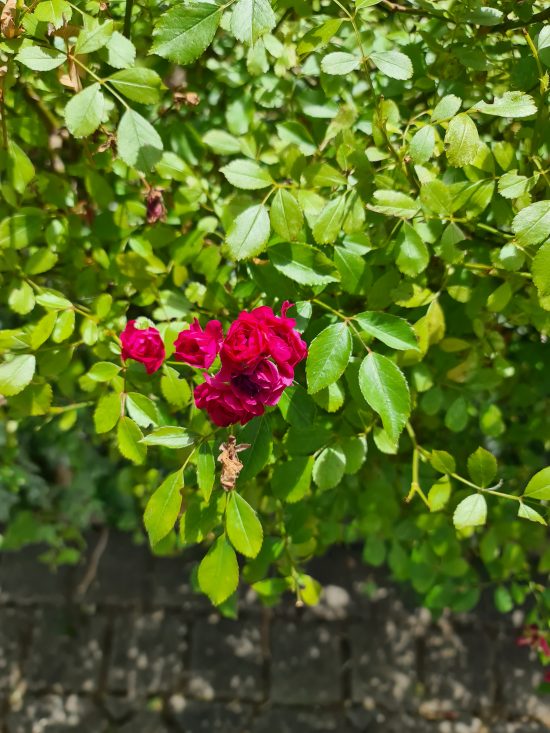
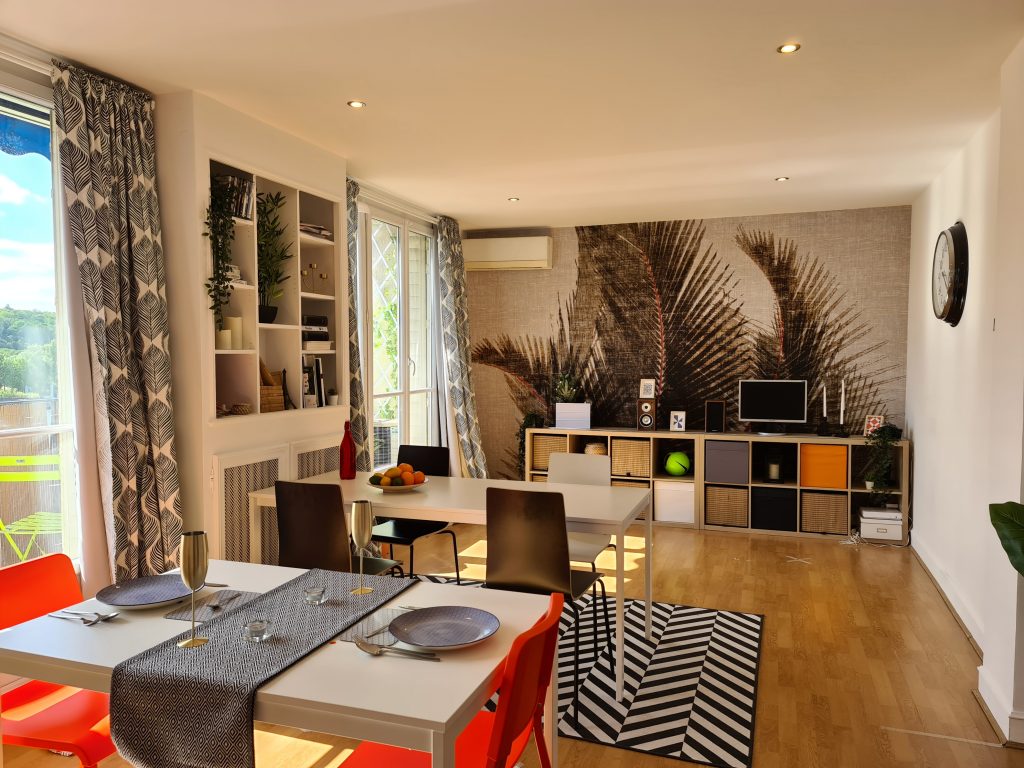
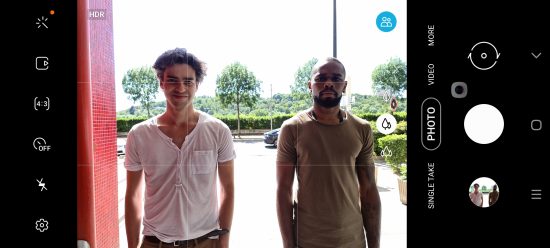

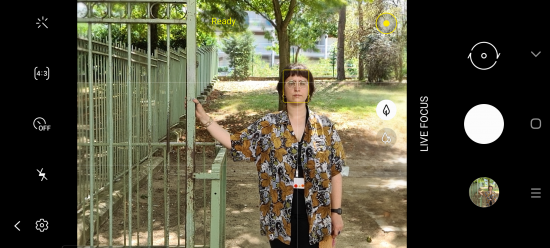

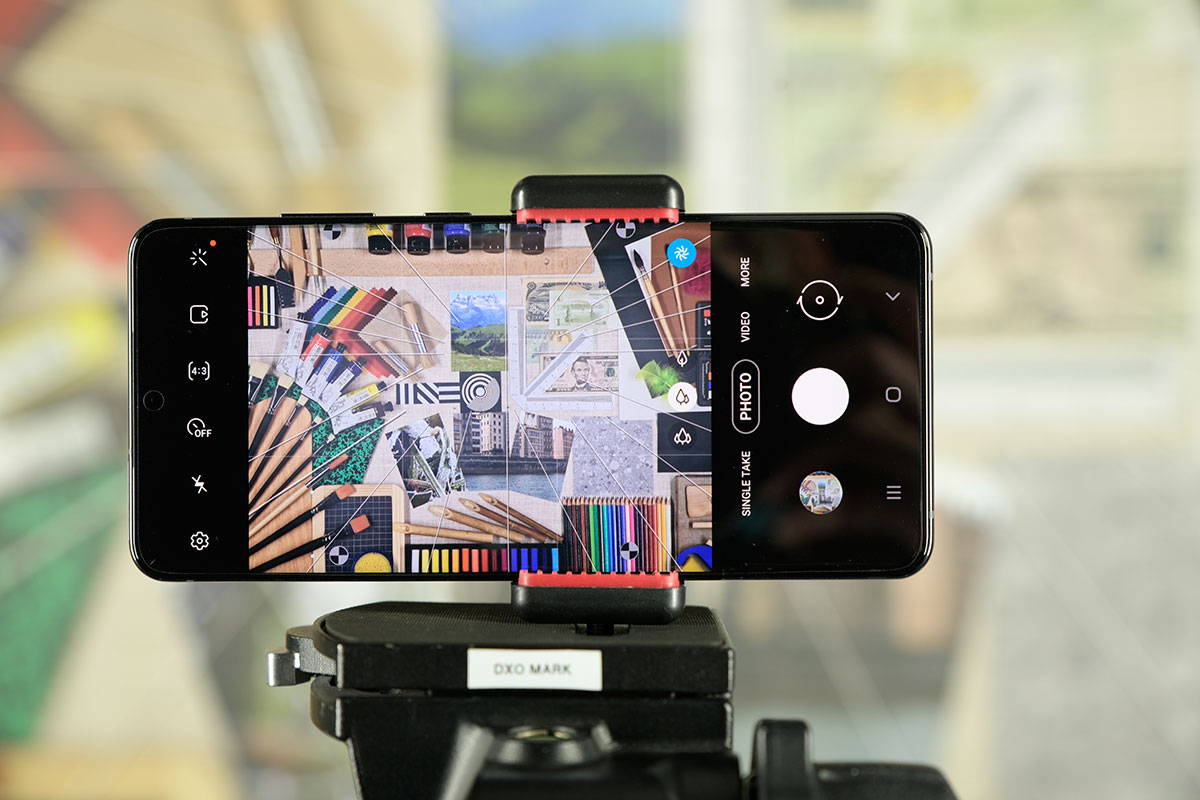

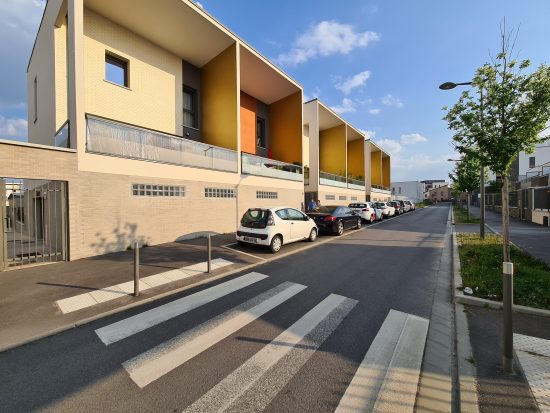

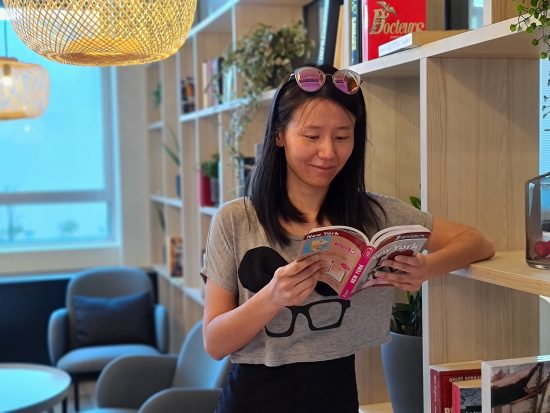
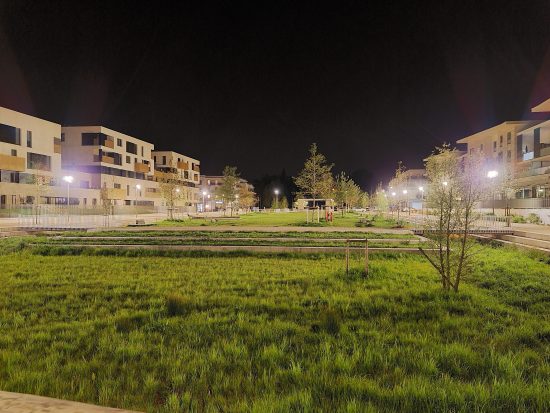



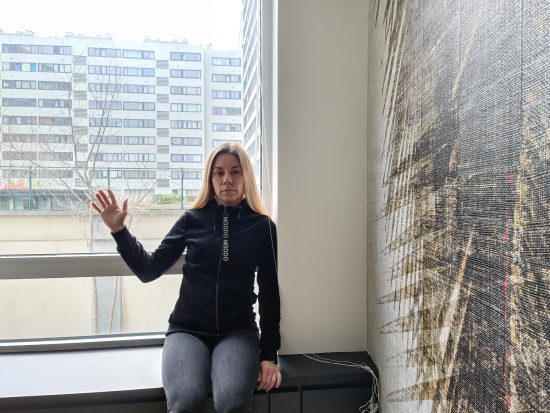
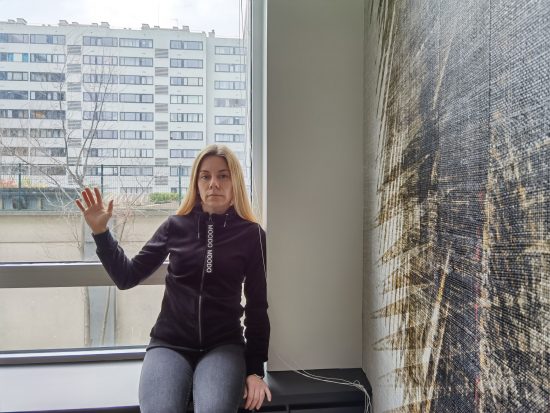
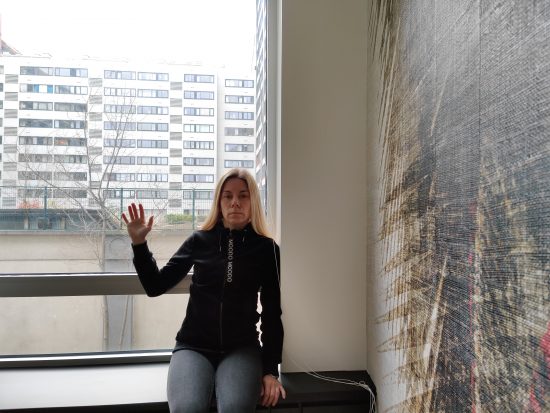
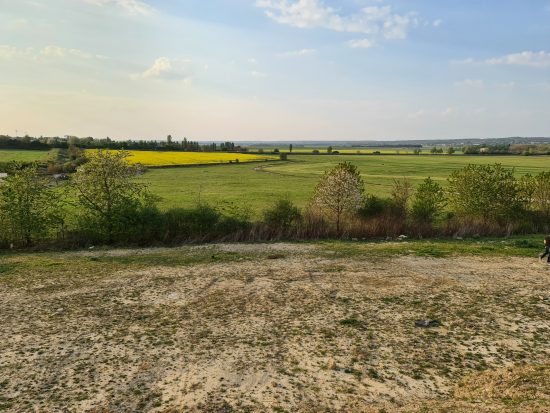
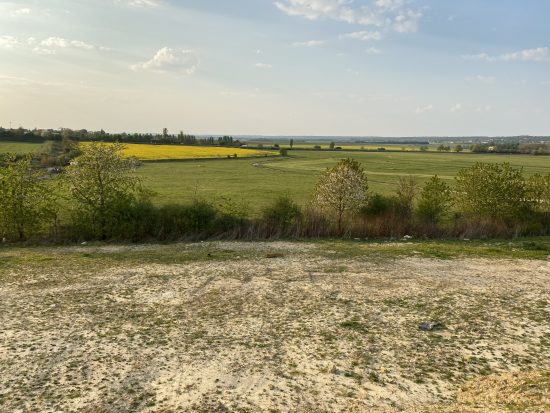
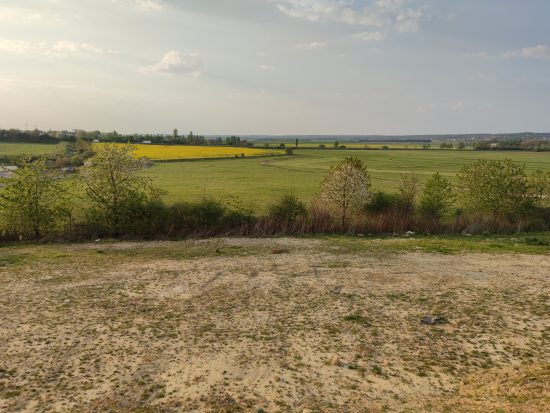










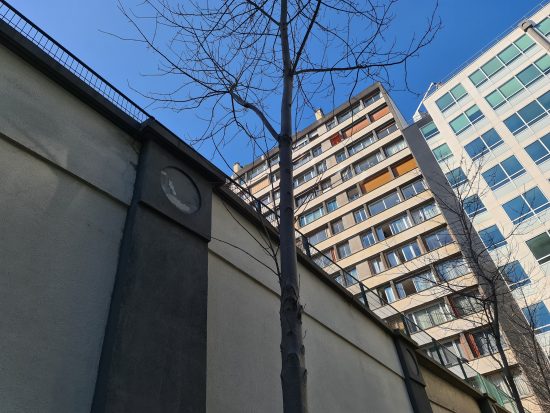
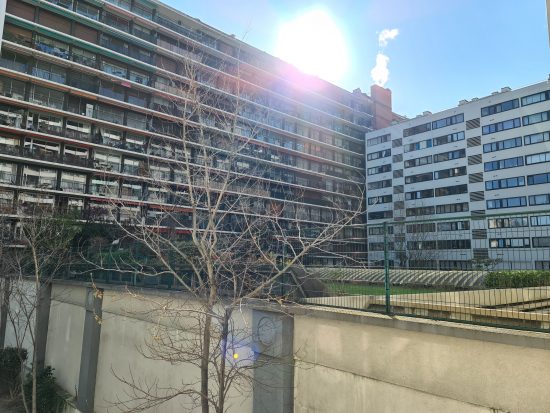
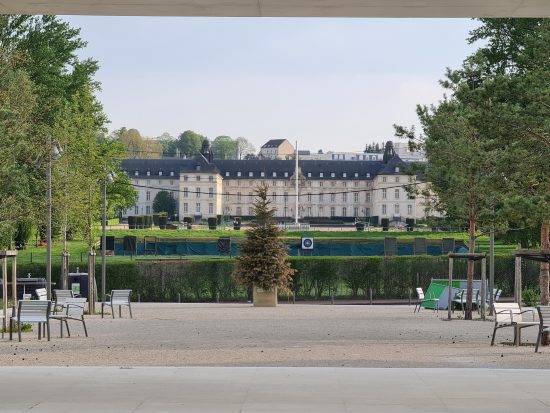
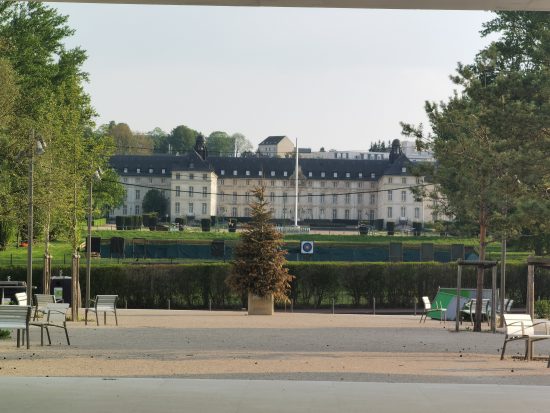

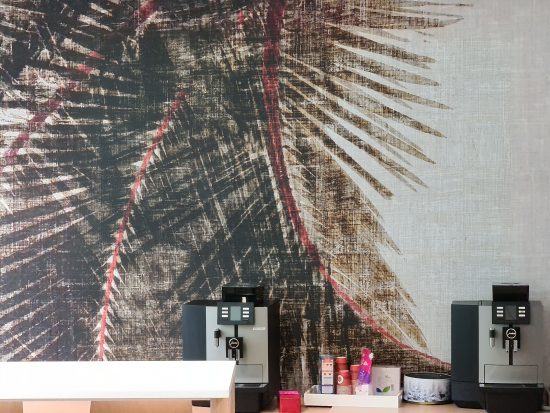
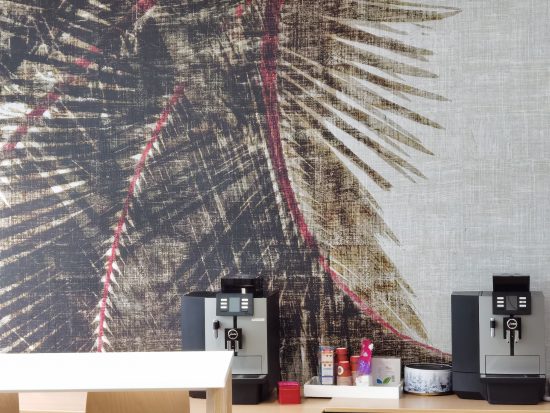
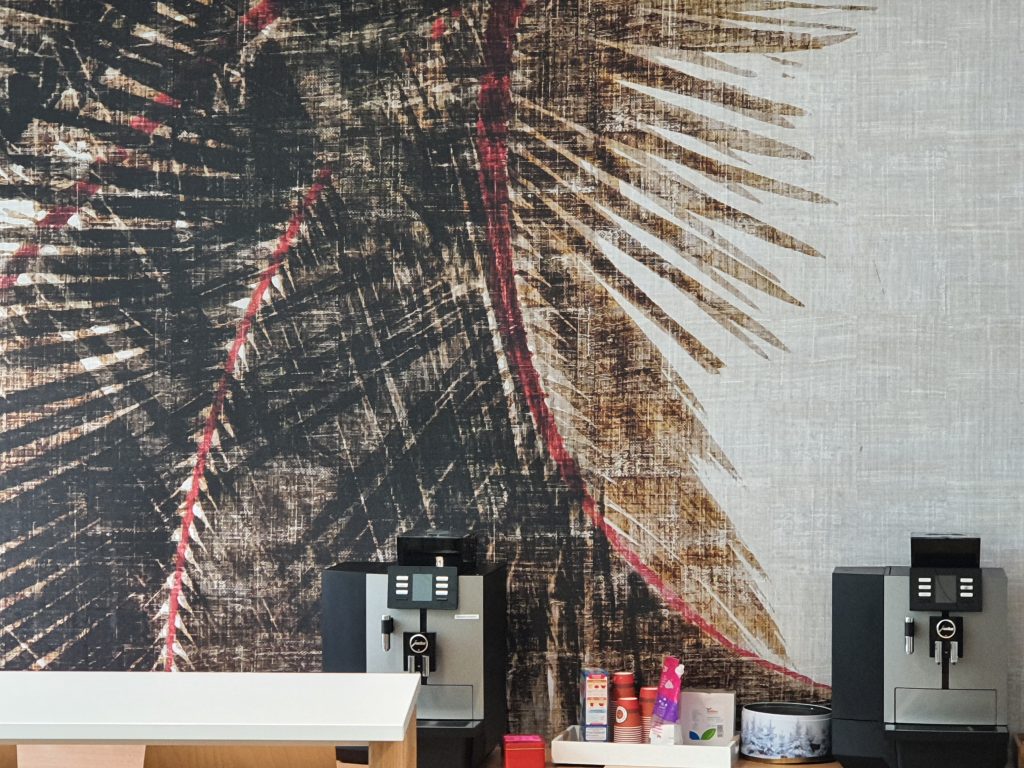



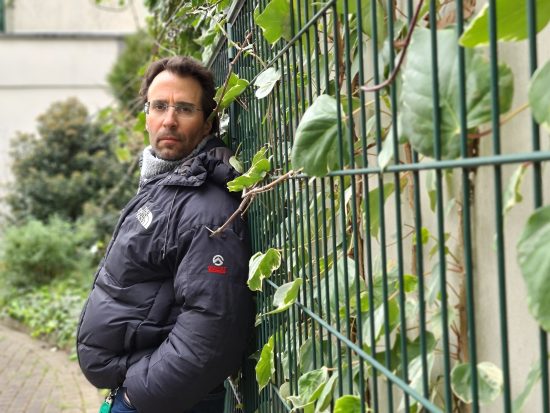











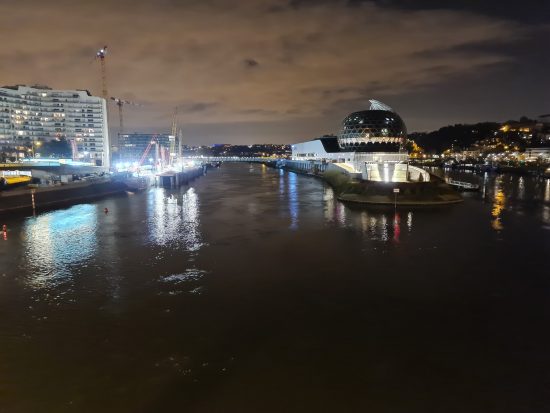
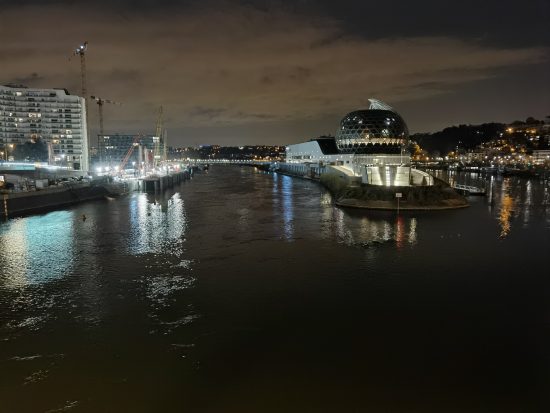
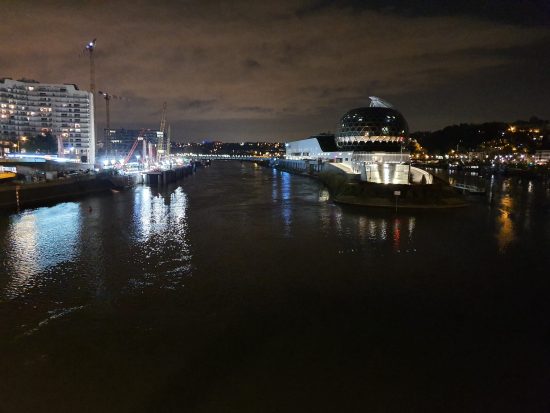
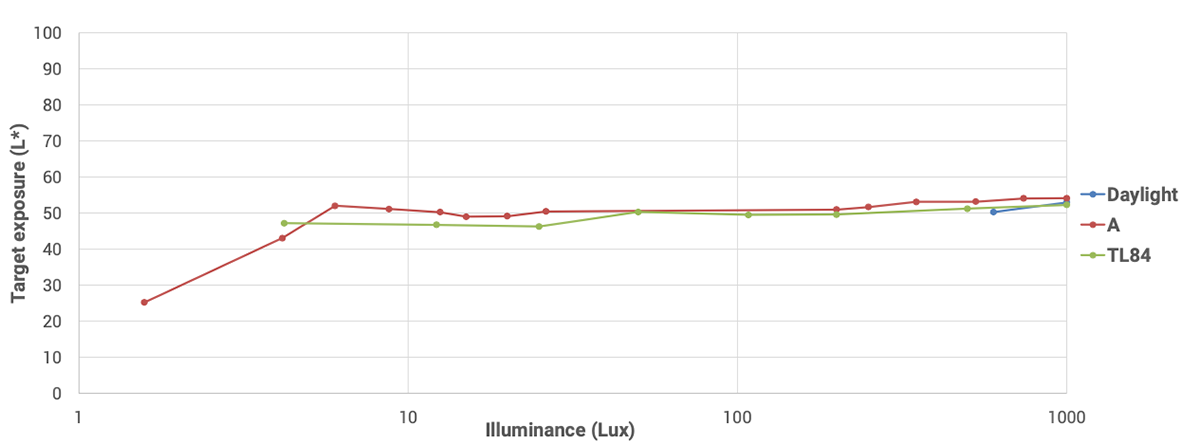
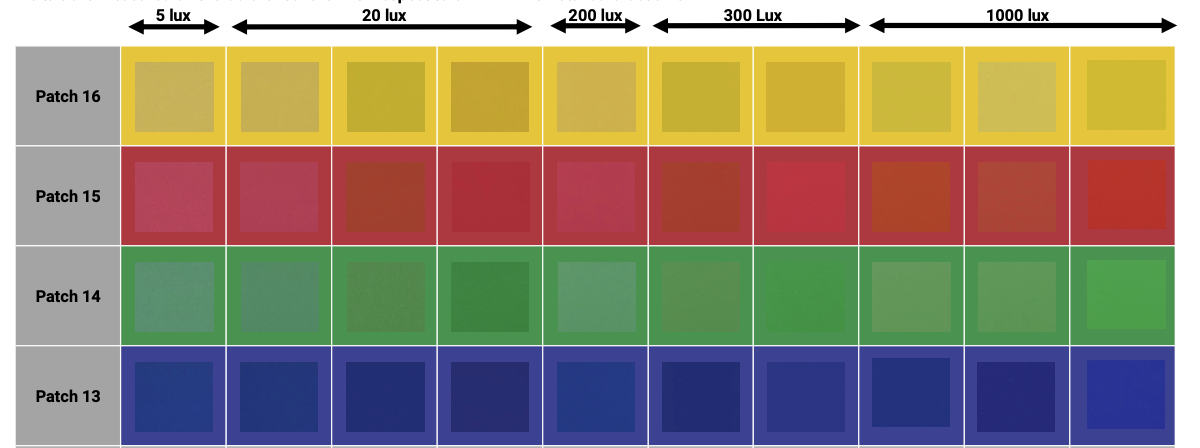
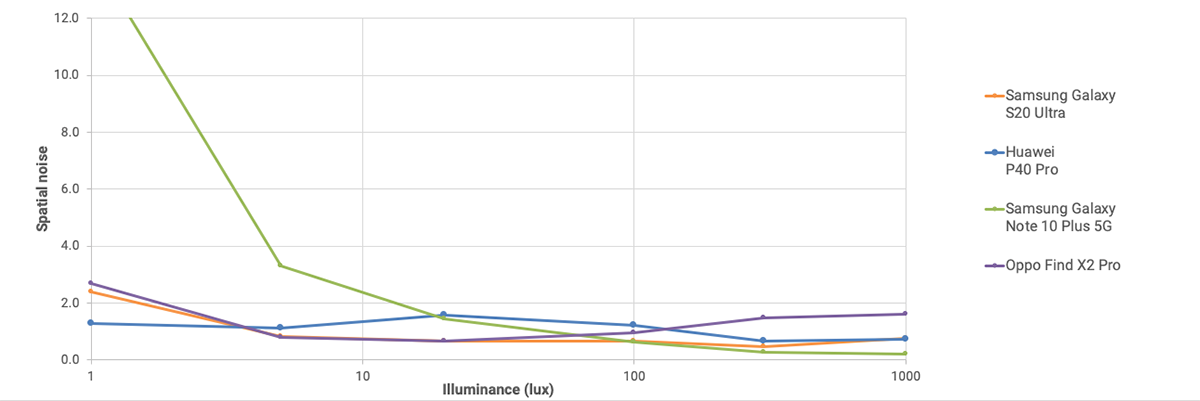
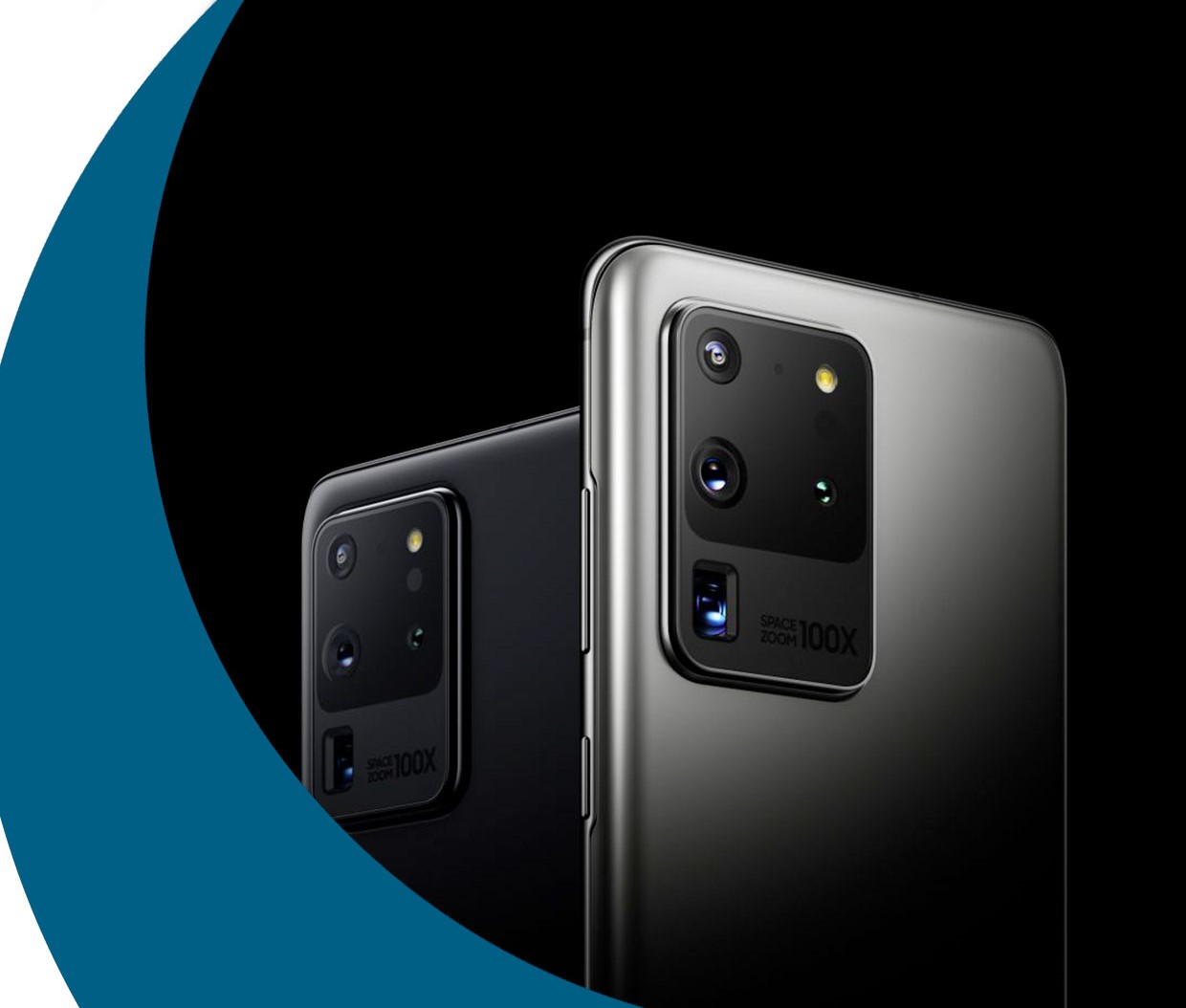


DXOMARK encourages its readers to share comments on the articles. To read or post comments, Disqus cookies are required. Change your Cookies Preferences and read more about our Comment Policy.